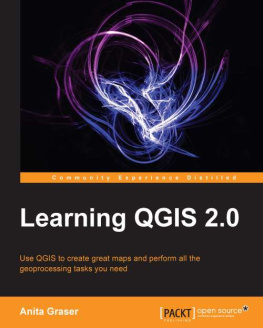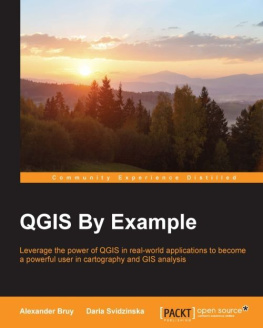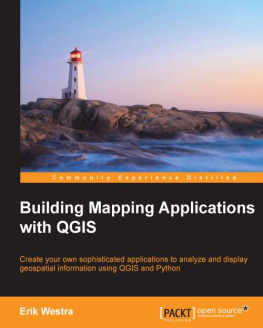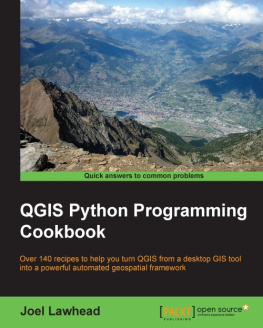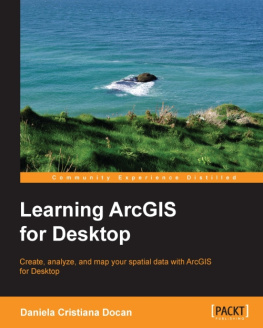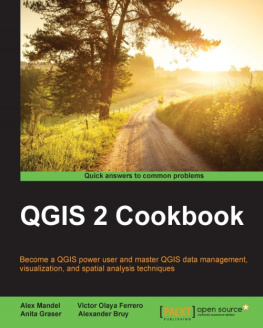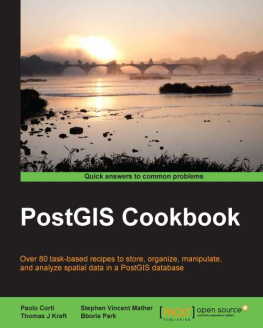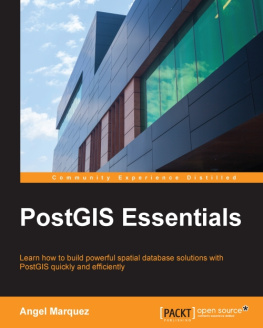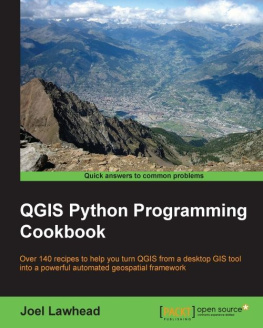Anita Graser - Learning QGIS 2.0
Here you can read online Anita Graser - Learning QGIS 2.0 full text of the book (entire story) in english for free. Download pdf and epub, get meaning, cover and reviews about this ebook. year: 2013, publisher: Packt Publishing, genre: Home and family. Description of the work, (preface) as well as reviews are available. Best literature library LitArk.com created for fans of good reading and offers a wide selection of genres:
Romance novel
Science fiction
Adventure
Detective
Science
History
Home and family
Prose
Art
Politics
Computer
Non-fiction
Religion
Business
Children
Humor
Choose a favorite category and find really read worthwhile books. Enjoy immersion in the world of imagination, feel the emotions of the characters or learn something new for yourself, make an fascinating discovery.
- Book:Learning QGIS 2.0
- Author:
- Publisher:Packt Publishing
- Genre:
- Year:2013
- Rating:3 / 5
- Favourites:Add to favourites
- Your mark:
Learning QGIS 2.0: summary, description and annotation
We offer to read an annotation, description, summary or preface (depends on what the author of the book "Learning QGIS 2.0" wrote himself). If you haven't found the necessary information about the book — write in the comments, we will try to find it.
This book takes you through every stage you need to create superb maps using QGIS 2.0 - from installation on your favorite OS to data editing and spatial analysis right through to designing your print maps.
Overview
- Load and visualize vector and raster data
- Create and edit spatial data and perform spatial analysis
- Construct great maps and print them
In Detail
QGIS is a user friendly open source geographic information system (GIS) that runs on Linux, Unix, Mac OSX, and Windows. The popularity of open source geographic information systems and QGIS in particular has been growing rapidly over the last few years. More and more companies and institutions are adopting QGIS and even switching to QGIS as their main GIS.
Learning QGIS is a practical, hands-on guide that provides you with clear, step-by-step exercises that will help you to apply your GIS knowledge to QGIS. Containing a number of clear, practical exercises, this book will introduce you to working with QGIS, quickly and painlessly. If you want to take advantage of the wide range of functionalities that QGIS offers, then this is the book for you.
This book takes you from installing and configuring QGIS, through handling spatial data to creating great maps. You will learn how to load and visualize existing spatial data and how to create data from scratch. You will perform common geoprocessing and spatial analysis tasks and automate them. We will cover how to achieve great cartographic output and print maps. You will learn everything you need to know to handle spatial data management, processing, and visualization tasks in QGIS.
What you will learn from this book
- Installing QGIS
- Getting comfortable with the QGIS user interface
- Loading vector and raster data from files, databases, and web services
- Creating, editing, and visualizing spatial data
- Performing geoprocessing tasks
- Automating geoprocessing and spatial analysis tasks
- Creating advanced cartographic output
- Designing great print maps
Approach
A short book with a lot of hands-on examples to help you learn in a practical way.
Who this book is written for
This book is great for users, developers, and consultants who know the basic functions and processes of a GIS but want to know how to use QGIS to achieve the results they are used to a full-fledged GIS.
Anita Graser: author's other books
Who wrote Learning QGIS 2.0? Find out the surname, the name of the author of the book and a list of all author's works by series.

